I did not start out by sitting down to write a book about transition. I began by trying to reconcile a disconnect I experienced between society’s characterization of women’s progress and what I felt and experienced on the ground. There was a gap, an undeniable gap, between the narrative of women’s progress and what I saw all around me. While I had been immune to this gap for a long time, an experience that began in my mid-forties caused me to look deeper into what was going on with me and with women more broadly. Thanks to that inquiry, I found transition.
I remember the first day of my transition vividly. It was January. I was unglued because it was the first time I had stepped away from a fast-paced, always-on career that had spanned more than 20 years. My first instinct was to establish some familiarity. I set up an improvised work area in my basement’s laundry room. Truth be told, I escaped to the basement after realizing that my in-home office was useless. The happy squeals of my then very young children reverberated throughout the house. The basement was the only quiet refuge. An old wooden barstool served as my chair. A folding table stood in nicely as a makeshift desk. It was a bit musty, but overall functional. It would do. I had two consulting gigs to start. Time to begin.
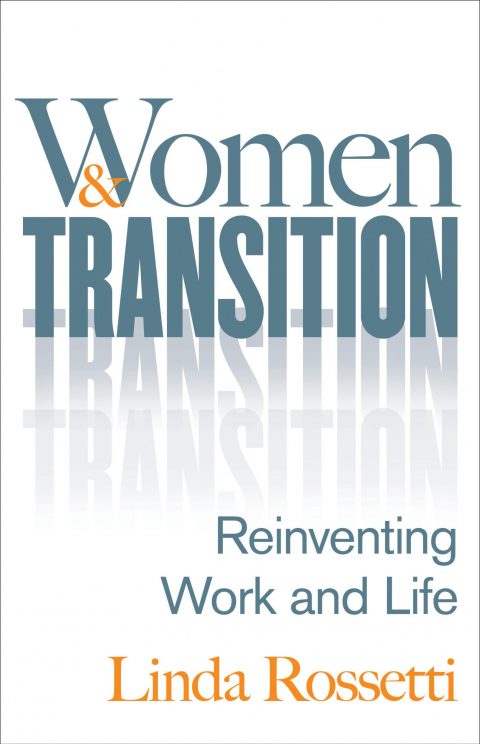
As I acclimated to my surroundings that morning, I turned on my computer and started with the headlines of the day’s news. Everywhere I turned the media was celebrating women’s progress. Even though the numbers were small, in all cases the media blanketed its coverage with a vocabulary of success. I am sure you have seen some flavor of these annual headlines. The often-quoted statistics include women’s participation rates in leadership or executive ranks across industry; their representation in meaningful structures in our society like Congress or the Supreme Court; or their inclusion in exclusive clubs, like among the ranks of the world’s wealthiest in the Forbes Annual List of Billionaires.
The world featured in the news that day seemed a million miles away from my basement. I could not help but wonder what, if anything, these statistics told me about the woman who worked around the corner, about my colleagues from my previous job, and about my friends—some of whom were single, some of whom choose to stay home with children, and others of whom choose to pursue their careers amid ever-changing family needs. I found myself wondering about the gap between the two camps: the one celebrated in the media and the one represented by the women all around me. The women in both camps were smart, engaging, and highly motivated individuals. All were capable of making extraordinary contributions in whatever they chose. Why did those statistics feel so distant?
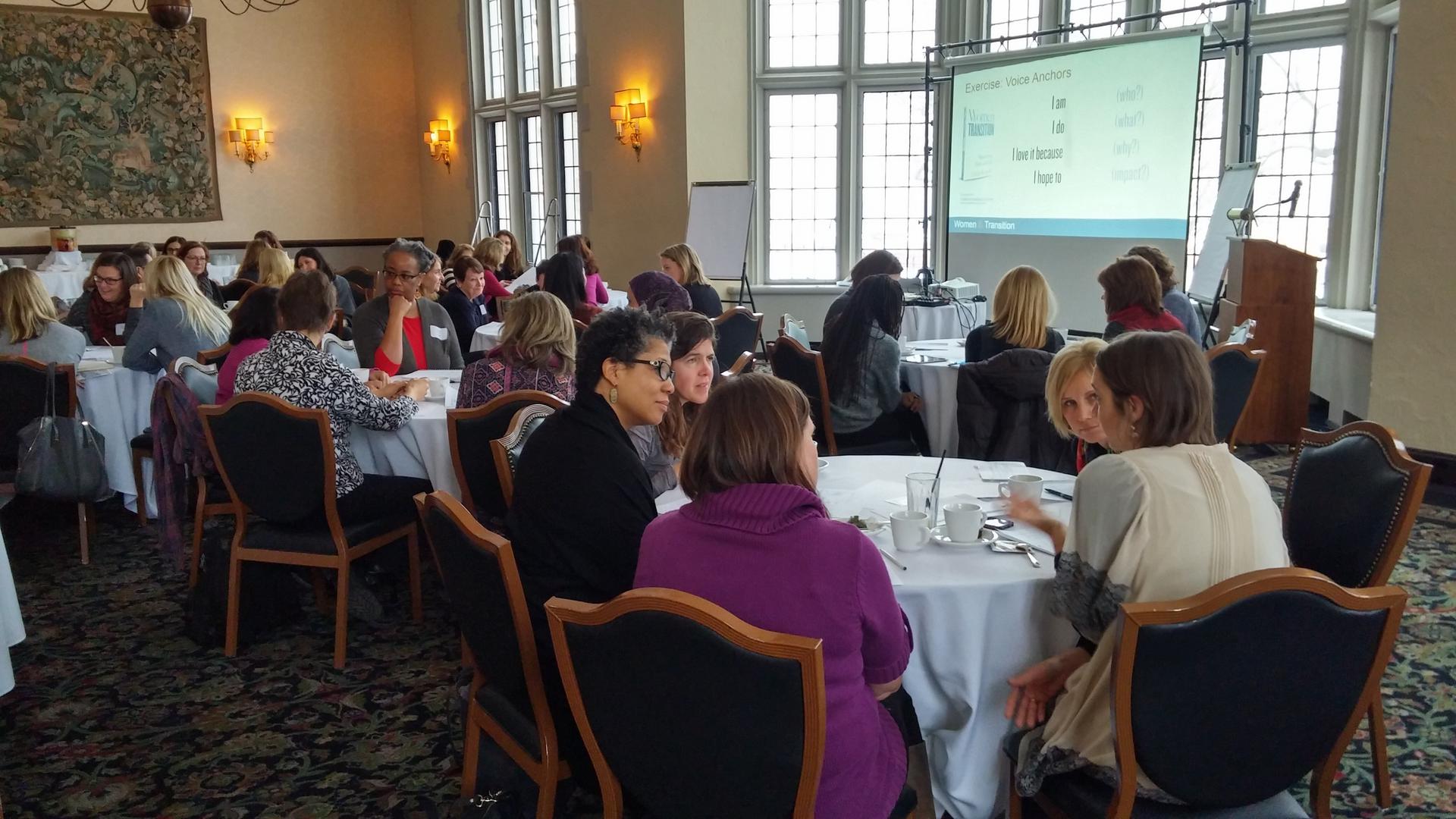
In the five years since that morning, I have concluded that these statistics tell us “very little” about women’s progress. Instead, I have learned an incredible amount about women’s progress from transition. My reactions that morning inspired me to push aside the consulting work and ask myself some hard questions about my experience and the experience of other women. That query serves as the baseline of this book.
Women and Transition: Reinventing Work and Life introduces women to a framework for understanding transition and offers a practical toolkit for those who choose to pursue transition in their own lives. The book’s objective is twofold: to increase women’s awareness of transition, and to support women in successfully transitioning. The book relies on my own experience, along with the experiences of hundreds of other women who shared their transition stories with me.

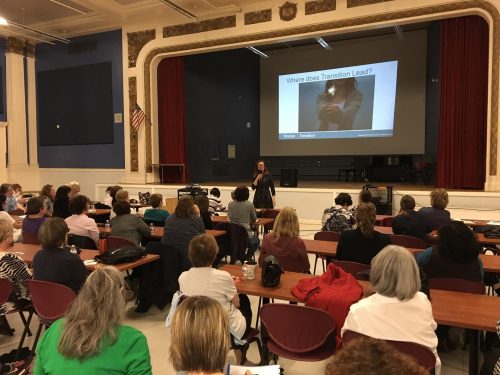
I am deeply committed to transition, thanks to the enormous gifts I have derived from navigating it. There are four reasons why I want to tell this story: my lack of preparedness when I found myself in transition; my interest in addressing what I observed; the research I conducted as a means of figuring transition out; and my belief in the importance of the topic to women broadly. Together, these reasons also informed how I chose to tell the story.
I arrived at transition at 45, nearly ready to keel over. My husband and I had our first child when I was 39, and our second only sixteen months later when I was 40. I spent most of the next five years in a demanding high-pressure job as Executive Vice President of Human Resources and Administration for Iron Mountain, a Fortune 500 company with over 21,000 employees in 37 countries. I landed the job never having worked in human resources (HR) before because of well-developed networks that I always maintained. I was recruited by a former colleague of mine who would serve as the company’s CEO during most of my tenure. He wanted a business person to run HR and help him transform the company. From a purely professional lens, I could not have described a more exciting challenge. Did I mention that when I had children, I never considered not working? This fast-paced period when my children were toddlers was consistent with my career up until that moment. I graduated with an MBA from the Harvard Business School. I started and served as CEO of a venture capital-backed technology services company in the late 1990s that was later acquired by Perot Systems, Inc. My former colleague and then boss at Iron Mountain had served on the Advisory Board of the tech start-up that I ran. On top of all this, I arrived at transition having achieved nearly all of the career goals that I had set out for myself. It was no wonder that I had no idea what transition was all about.
The second reason I want to tell this story is that I was surprised when I found little information available to help me understand why, despite all this success, I struggled to reconcile competing interests in my life. Something was not right. Like many of us facing change, I arrived at transition hoping to find a resource or even some vocabulary to help me navigate what was unfamiliar terrain. Nothing available seemed to explain what I was experiencing.
Even more surprising, I met many, many other women who felt the same. Their stories were different, their experiences hailed from a broad set of circumstances, but their feelings were the same. A little lost, disoriented, with no compass to help point them in the right direction, or any direction for that matter, some of these women were re-engaging in the workforce after a prolonged absence or exiting the full-time workforce in response to escalating family or elder-care needs. Others were searching for a new reality postdivorce or exploring new career options after realizing their current track was not all that engaging. While it was comforting to know these women existed, I was shocked at the cone of silence that engulfed their experience. No one talked about this.
Through listening to all of these women’s varied stories, I learned a great deal about women’s transitions. I also encountered patterns within transitions that no one else seemed to even think about. Women in seemingly different situations shared with me remarkably similar experiences about transition. None of the reading I had done discussed this pattern. A woman in the throes of a divorce. Another re-engaging in the workplace after a prolonged absence. Despite differences in these two experiences, I heard a lot of similarities. I wondered what to make of it.
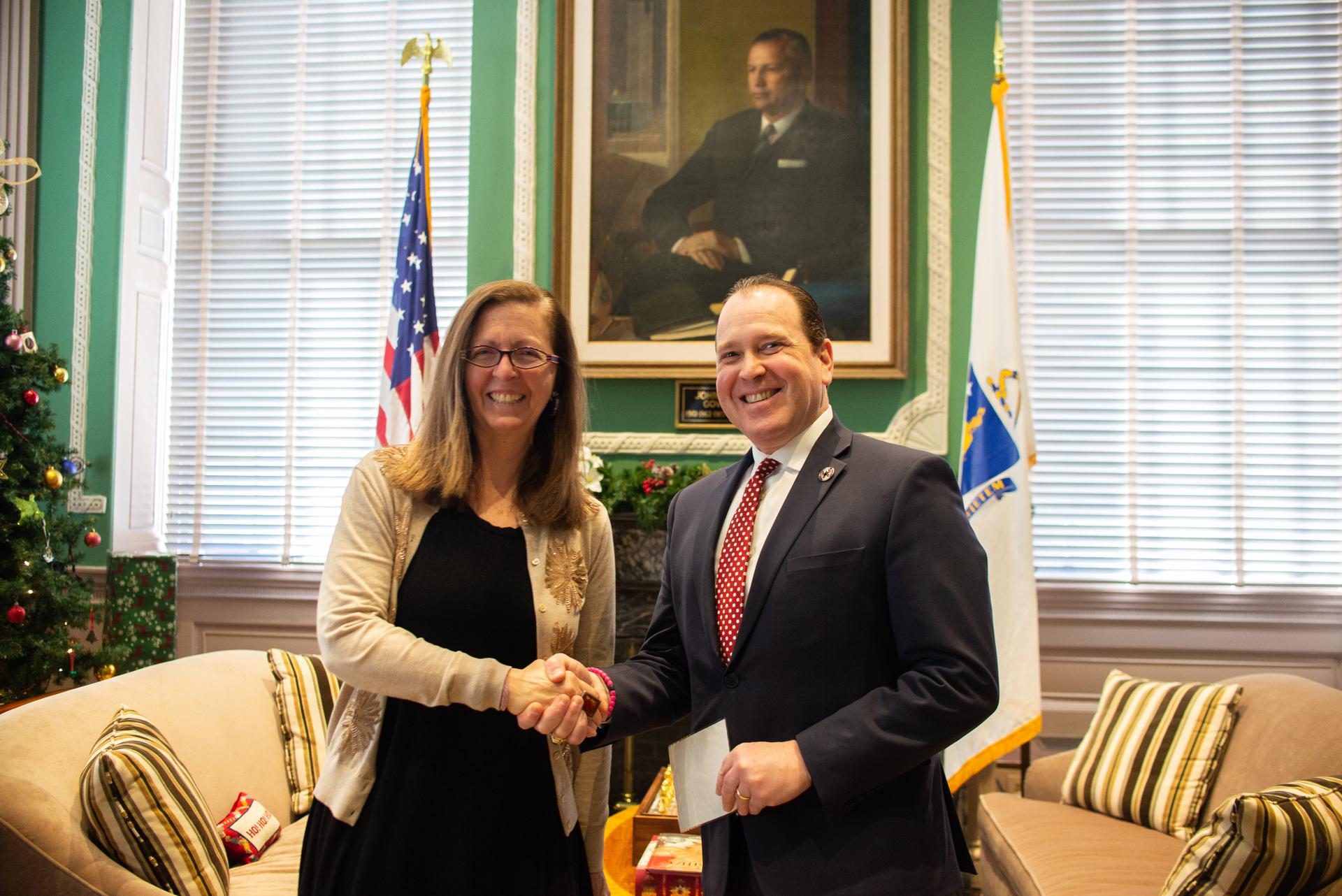
The third reason I wanted to share this story is linked to how I reacted when I could not find relevant information that mirrored my experience. I initiated my own research. At first, it took the form of a blog, called Novofemina.com. The name combined two Latin words: novo , meaning “renewal,” and femina , meaning “woman.” I was thrilled to use the blog to engage other women in a conversation about transition. It was great, but it was not enough. I wanted to learn more. This desire led me to conduct more research in hopes of gaining a broader understanding of transition. It included an online survey, focus groups, expert panels, and one-onone interviews. In total, more than 200 individuals participated in the research. While this sample may not be representative of all women, it gave me tremendous insight into transition and the patterns that accompany its phases.
The last reason I wanted to tell this story is that I wanted to share what I learned about transition with other women. By transferring my learnings, I hope that transition becomes accessible for any woman who chooses it.
While these reasons convinced me that there was a story to tell, they also informed how I choose to tell this story. While I often use my own experience as a storyline for this book, the book is far from a recitation of my work experiences or the antics I observed while working at elite levels in organizations. I consider myself incredibly fortunate to have worked and contributed in this manner. But those experiences are not this story. This story is my transition story and the story of women who shared their transition perspectives with me. It is a story of transition and how it shaped my opinion of what transition is or might be for women.
Women and Transition: Reinventing Work and Life serves as a transition reference manual and a straightforward how-to guide for those interested in making a transition. The story is told in three sections: “Understanding Transition,” “The Mechanics of Transitioning,” and “Navigating Transition.”
In “Understanding Transition,” we define transition and explore the differences between change and transition. I introduce a framework for thinking about transition that is used throughout the book. We talk in detail about triggers, the events or feelings that typically initiate a transition cycle, and the emotions and feelings that accompany them. The section concludes with a discussion about the gendered nature of transition, acknowledging that both women and men have the potential to transition.
In “The Mechanics of Transitioning,” I introduce readers to the twostage transitioning process that I developed. It is a highly structured modular process that is customized to the needs of women in transition. We explore each step in detail and discuss how they fit together. The section also introduces readers to a readiness assessment designed to help readers decide whether or not they are ready for transition.
The final section, “Navigating Transition,” is focused on helping readers begin. We discuss barriers we encounter in transition and some techniques to deal with them. We also review issues related to starting and lessons learned from those who have transitioned. The section concludes with a quick summary of the necessary items to pack as you prepare for the journey of transition.
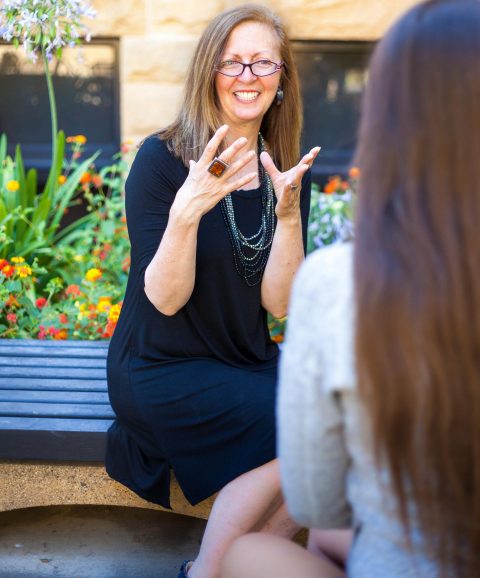

Writing this book has been nothing short of a labor of love. My guess isthat you will sense this as you walk with me through its chapters. I hope that the information and tools provided help every woman reach her fullest potential, both personally and professionally. If successful, the book will inspire women to think carefully about the applicability of transitionin their own lives. At a minimum it should raise the reader’s awareness oftransition and how best to approach it.
I hope that the book positions women as great decision-makers ontheir own behalf at the moment they face life events that could initiate transitions. I remember attending a speech by Alex D’Arbeloff, cofounder of Boston-based Teradyne, a multibillion-dollar semiconductor test equipment manufacturer. That day, he shared his goal in growing his outstanding company: to make sure every one of his employees was a great decision-maker. He reasoned that this skill would enable his company to succeed in innumerable ways. I think the same is true for women and transition. With education and awareness about transition, women can be fantastic decision-makers on their own behalf when faced with decisions related to transitions over the arc of their lives. Informed decisions at these moments can benefit not only ourselves and our families but also our society, whose continued growth and prosperity requires women’s fullest engagement.
My biggest dream in writing this book is that it serves as a catalyst to bring fresh thinking to a host of topics that remain unresolved for women in our society. Without renewed debate, too many women will face insufficient policies and dated or discriminatory practices as they make decisions related to transition. Systemic issues like wage inequality or insufficient family leave practices or the lack of flexibility in our workplaces factor into decisions made by women in transition. By reframing these issues, my hope is that women can proceed with transitioning, while in parallel we work to make governmental, organizational, and social support structures more highly functional for all.

If we aggregate all women’s experiences, the lens of transition also highlights the enormous talent leakage underway for women today in our society. Women are underemployed or unemployed in great numbers thanks to a host of issues—many addressable. Continuing to ignore these issues represents a significant long-term cost to our society.
If you take nothing else from the book, I hope you take away a belief in how valuable your questions are. How you see something and the questions you think to ask are invaluable in every situation in which you find yourself. This book all started because I asked a question: “how can I possibly reconcile my makeshift laundry room office with our society’s characterization of women’s progress?” Just a question. The more questions I asked, the more confident I got in the value that the answers held not just for me but for all women.
I am eternally grateful to the women who agreed to talk with me about their transitions. These brave souls were pioneers because they participated long before I could offer conclusions or even a peek at any aggregate data. Thank you to each of you for your willingness to participate in the face of true uncertainty.
Each of the women’s stories contained in the book is real and has been de-identified, meaning that no personally identifying information accompanies the stories. The majority of participants were college-educated women. They hailed from geographically and ethnically diverse backgrounds. Please join me in thanking them for their courage and honesty. Through their stories and mine I hope you will be able to calibrate your own experience with our collective one.
My greatest wish is that you enjoy this story of transition and its many surprises. I am grateful for the perspective that it has given me. It has offered me both grace and joy even as I have faced hardship and failure. Transition is a choice. It is not an easy one. Even so, I would struggle to characterize it as anything less than invaluable.
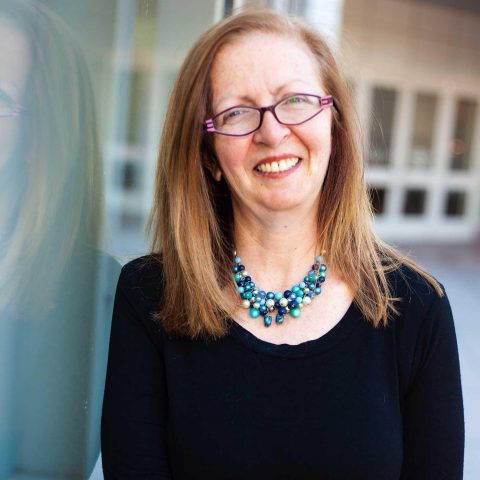
Through my newsletter, I share a variety of carefully selected podcasts, articles, research and other resources related to successfully navigating all manner of disruption. Join our growing community by subscribing here.
Copyright © 2019‐2021 Linda Rossetti. All Rights Reserved. Site by JBS Partners.com